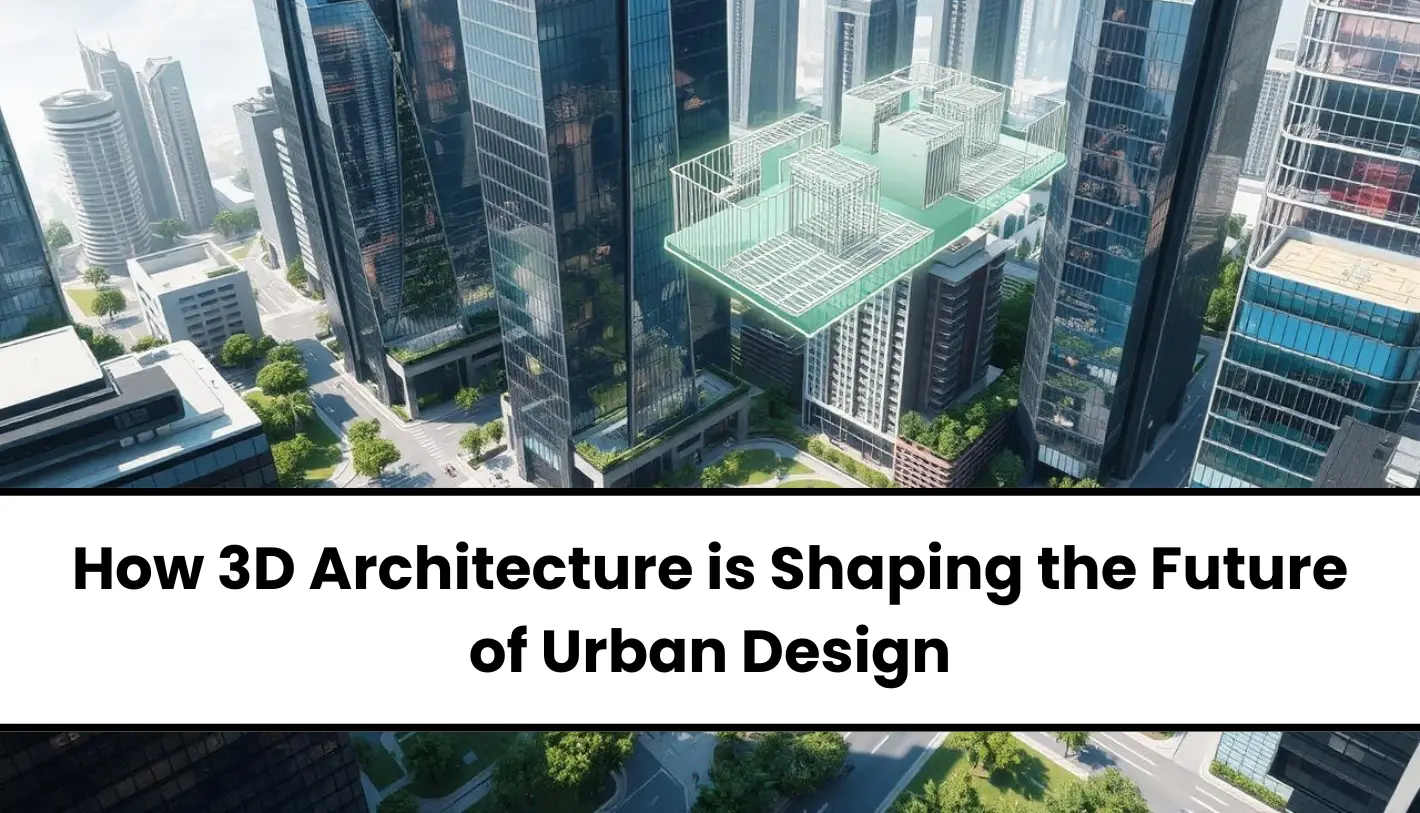The rapid advancement of technology has transformed how architects conceptualize and execute their designs.
3D architecture is no longer a luxury but a necessity in urban design, enabling architects to create realistic models and visualize future spaces like never before.
Let’s dive into how 3D architecture is reshaping urban landscapes and why it’s a game-changer for aspiring architects.
The Role of 3D Architecture in Urban Design
- Enhanced Visualization
3D modeling allows architects to create lifelike representations of buildings and cityscapes. Clients and stakeholders can explore designs in virtual spaces, offering a clearer understanding of the project’s potential.
- Improved Collaboration
With tools like AutoCAD, SketchUp, and Revit, architects can easily share designs with engineers, planners, and contractors. This collaborative approach reduces errors and streamlines the design-to-build process.
- Sustainable Design Solutions
3D architecture makes it easier to incorporate sustainable practices. Architects can simulate energy efficiency, optimize natural lighting, and plan for green spaces, contributing to eco-friendly urban developments.
- Cost and Time Efficiency
Designing in 3D minimizes costly mistakes during construction. Architects can identify and resolve issues early, saving both time and resources.
- Integration with Virtual Reality (VR)
The integration of 3D architecture with VR allows for immersive experiences. Planners and clients can “walk through” projects before they’re built, leading to better decision-making and more refined designs.
Trends in 3D Architecture for Urban Design
- Parametric Design: Using algorithms to create complex structures and optimize designs.
- Smart Cities: Leveraging 3D models to design efficient, technology-driven urban spaces.
- Digital Twin Technology: Creating digital replicas of urban environments for planning and simulation.
The Future of Urban Spaces
As cities grow, 3D architecture will play a critical role in creating sustainable, functional, and aesthetically pleasing urban spaces. It bridges the gap between vision and reality, empowering architects to innovate like never before.
Conclusion
3D architecture is revolutionizing the way we design cities, offering endless possibilities for creative and sustainable urban planning.
If you’re passionate about shaping the future of architecture, our 3D architecture course is your gateway to mastering these cutting-edge skills. Join today and bring your designs to life!


